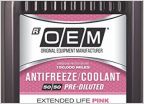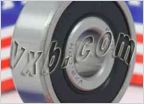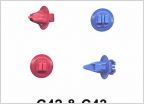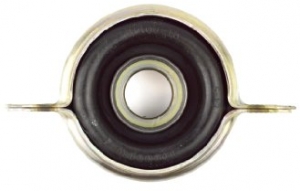-
Welcome to Tacoma World!
You are currently viewing as a guest! To get full-access, you need to register for a FREE account.
As a registered member, you’ll be able to:- Participate in all Tacoma discussion topics
- Communicate privately with other Tacoma owners from around the world
- Post your own photos in our Members Gallery
- Access all special features of the site
Correctly Determining Rear Shock Mount Placement for Maximizing Shock Utilization
Discussion in '1st Gen. Tacomas (1995-2004)' started by turbodb, Dec 19, 2018.
Page 2 of 3
Page 2 of 3


 One more high idle problem to troubleshoot. 2001 3.4 liter auto/air
One more high idle problem to troubleshoot. 2001 3.4 liter auto/air PINK Coolant Substitute? (Rechochem)
PINK Coolant Substitute? (Rechochem) 3.4l Timing Belt
3.4l Timing Belt 01 Tacoma regular cab
01 Tacoma regular cab Bushwacker fender flares
Bushwacker fender flares









































































